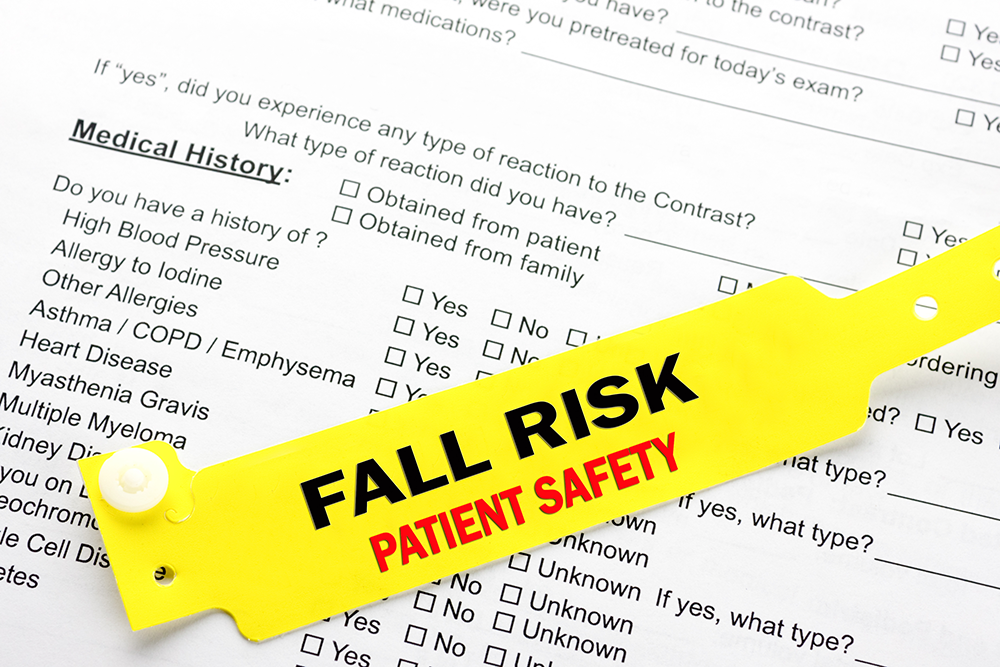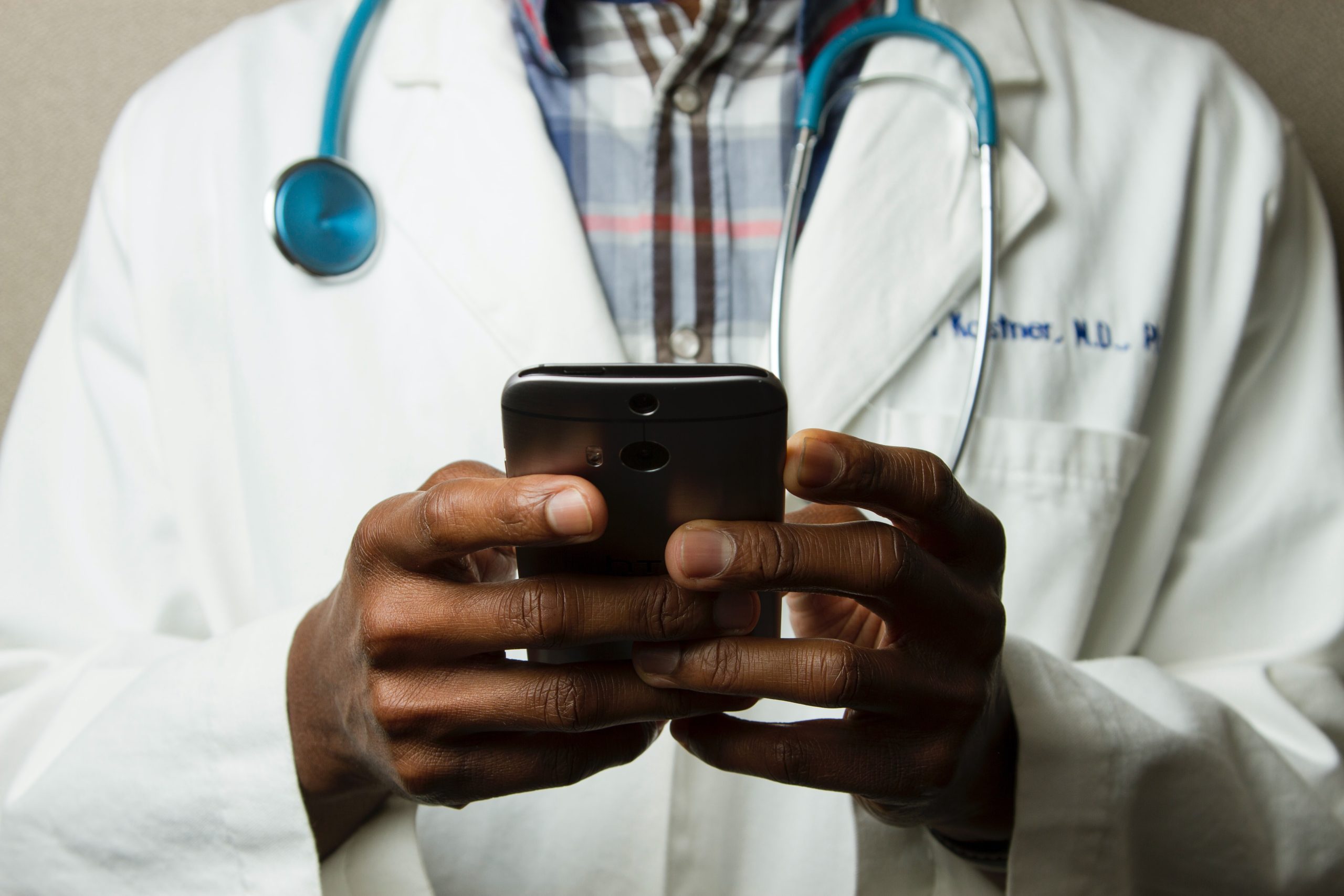Our Clinical Research 101 series takes an in-depth look at key steps and tips for navigating the clinical research process. This installment in our Clinical Research 101 series is by Leeanne Parris, Project Manager at Advancing Health. The following is a brief discussion of Serious Adverse Events (SAEs) and Safety Reporting in clinical trials.
Leeanne Parris is a Project Manager at Advancing Health working in both industry- and investigator-sponsored clinical trials. She has over 25 years of experience of working within different health settings, with a background in Psychiatric Nursing. The Centre’s project managers are experts in the regulatory, policy, budgeting, and implementation requirements for clinical research studies, and can be contacted for consultation by completing our Service Request Form.
What are adverse events?
A clinical trial is a type of clinical research that often studies new tests and treatments in both healthy human participants and patients with the disease or condition of interest. The goal is to evaluate an interventions’ effects on health outcomes. Clinical trials can test medical interventions including drugs, cells, and other biological products, surgical and radiological procedures, devices, behavioural treatments, and preventive care, among others. With safety being paramount in clinical research, it is important to be vigilant about any adverse events occurring in study participants.
Trial protocols should define how all safety events should be managed throughout the study. They provide information on what events have to be reported and if events are unexpected, based on the information found in the Investigational Product (IP) Investigators Brochure or Product Monograph. (This document details how to use the product being investigated and what to expect when you use it.)
During every study visit the investigator must document all the adverse events observed by study staff and reported by the participant during the visit. For example, a new persistent cough might be observed or intermittent dizziness might be reported by a participant. Any event, regardless of its severity, should be recorded and reported. The information about these events becomes part of the safety database for the drug or device under investigation, whether it is a new product or one that has been previously approved for another indication.
Often, investigators think they don’t have to report an event that is deemed unrelated to the intervention but, unless the protocol explicitly states this, it must be reported.

Types of adverse events
There are two categories of events that must be recorded: Adverse Events and Serious Adverse Events. An Adverse Event (AE) is defined as any “untoward medical occurrence in a research participant administered an investigational product and which does not necessarily have a causal relationship with this product. An AE can therefore be any unfavourable and unintended symptom, or disease temporally associated with the use of an investigational product, whether or not related to the investigational product.” AEs can include:
- A physical event; e.g., rash
- A psychological event; e.g., altered cognition
- A laboratory event; e.g., elevated creatinine
- Worsening in the severity of the pre-existing condition; e.g., uncontrolled blood glucose levels
A Serious Adverse Event (SAE) is any undesirable medical event that is attributed (related) to a therapeutic agent or a medical product and that puts a research participant’s health at significant risk of:
- Death
- Life-threatening illness
- Prolonged hospitalization
- Permanent impairment or damage
- Congenital anomaly or birth defect
Related or possibly related to participation in the research means that there is a reasonable possibility that the event, experience, or outcome may have been caused by the intervention or procedure and suggests that the research places participants or others at a greater risk of harm (including physical, psychological, economic, or social harm) than was previously known or recognized.
Reporting adverse events
Serious adverse events (SAEs) should be reported immediately to the study sponsor except for those SAEs that the protocol or other document (e.g., Investigator’s Brochure) identifies as not needing immediate reporting. In other words, if the event is determined to be unrelated to the study, it may not be necessary to report it; for example, if a study participant needed hospital care due to a car accident. If the event is deemed to be related to the intervention (often called an Adverse Drug Reaction [ADR]), and is not expected to occur (based on these documents), it should be reported to regulatory authorities like Health Canada.

These initial reports should be followed promptly by detailed, written follow-up reports and include any additional information gathered. The report should:
- Identify study participants by unique code numbers assigned to the them rather than by their names, personal identification numbers, addresses, or any personal identifiers.
- Include the status of the study and a summary of participants enrolled
- Include a detailed description of the local event including an assessment as to whether the event reaction was mild, moderate or severe.
- State an opinion expressed by the investigator that the event is both serious and unexpected and a justification of that opinion.
- State an opinion expressed by the investigator that the event is related or potentially related to the study drug/procedure/device and an explanation of that opinion.
- State an opinion expressed by the investigator about the implications of the SAE on the continuation of the study and any further actions that may be required such as changes to the study procedure, informed consent or protocol.
- Include a statement of the study team response to the event and the patient outcome of the SAE.
There are specific guidelines and regulations that apply to the collection, documentation, and reporting of SAEs as an additional layer of protection for research participants. The sponsor and investigators are responsible for ensuring that AE and SAE reporting meet all of the applicable regulatory, International Conference on Harmonisation (ICH) Good Clinical Practice (GCP), sponsor, and local requirements.
The objective of collecting safety data from clinical trials is early detection of important safety signals, protecting participants from unnecessary harm and risks, and developing the safety profile of the intervention in order to contribute to its benefit-risk assessment.
Resources:



